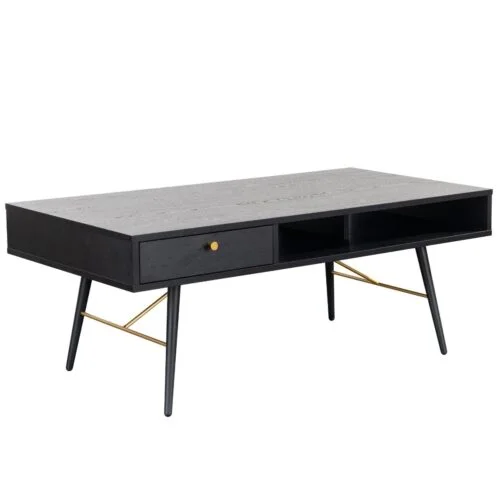Seasonal Storage: Storing Garden Furniture & Summer Furnishings
There’s a chill in the air, the days are getting shorter, and it’s time to admit that summer is coming to its end and winter is on the way. There are many positives to the start of autumn and the colder weather — you can break those extra-cosy duvets out of storage, sit down beside a toasty stove every evening, and change out your summery accessories for autumn-themed pieces — but there’s still the question of storing garden furniture and summer pieces for winter so it is ready for you when the temperatures begin to warm up again in spring.
Luckily, we have some tips and tricks to keep your outdoor furniture, summer accessories, and other favourites looking great through the colder months!
Storing rattan garden furniture
Rattan outdoor furniture is beloved for its durability, featuring UV- and weather-resistant details that keep it from succumbing to the elements, so it’s simple to take care of when not in use. At the end of the season, give it a quick clean — use a hoover with a brush attachment to remove debris from the grooves, and wipe it down with a damp cloth if needed. Ideally, you should cover it for the winter, but the main thing to remember is to remove and store the cushions somewhere warm and dry. Even if they are mould-resistant, this will help them keep their shape and colour for future summers of enjoyment.
Storing metal garden furniture
It’s best to store metal garden furniture in a shed or garage for the winter to prevent rusting. Use steel wool if needed to remove rust, and for extra protection you can add a wax layer to seal it from the elements. If you are storing garden furniture outside, cover it for the winter and elevate it if possible so the legs and feet stay dry. Many metal tables have glass tabletops, so be extra careful of strong winds or storms that could knock over your furniture.
Storing plastic garden furniture
Plastic garden furniture is one of the easiest types to look after. While it’s not the fanciest or sturdiest, it does conveniently come clean with a quick scrub. As with other outdoor furniture types, storing garden furniture made of plastic for the winter by covering it up or moving it to a shed can increase its longevity, but there’s not too much you need to do overall. One thing to keep in mind is that plastic furniture tends to be very lightweight, so make sure you’re storing garden furniture somewhere that it won’t blow away if it gets windy.
Storing wooden garden furniture
By the end of the summer season, your wooden garden furniture has probably accumulated some grime from fallen leaves, barbecue spills, and pollen floating through the breeze. Clean it with warm, soapy water, and let it dry fully before storing. To get the most out of your wooden garden furniture, moisturise it with furniture oil before storing. If you can take it apart and store it, do; otherwise, a sturdy furniture cover will do, but check it after heavy rainfall to make sure there are no leaks.
Storing summer linens and accessories
While correctly protecting and storing garden furniture is imperative as it will be exposed to the elements, you’ll also want to look after your indoor summer accessories! If you decorate your home for every season, you’ll want a system for staying organised and uncluttered from month to month.
As the temperatures cool down, you’ll probably change out your summer bedding for warmer bed linens and duvets, but you’ll want to keep your linens clean and ready for spring. Use a breathable fabric bag rather than plastic, which can trap moisture, to let air circulate and keep your sheets smelling fresh. However, for a larger duvet you may want to use plastic in order to vacuum pack it and save space in your linen closet.
Similarly. If you swap out your sheer summer curtains for heavier winter drapes, you’ll want to take good care when storing them so they’re in good condition when you’re ready to put them back up. Clean the curtains before storing, and avoid folding so they’re not creased when you take them back out. Store them in a box with acid-free paper, and allow some air to circulate.
For other summer accessories, make sure to dust or wipe them down before storing. Leaving dust or dirt on accessories for months on end can cause them to become grimy and will make them more difficult to clean later. Create a system for storing your accessories so they’re easy to find later, and if you use plastic tubs or cardboard boxes, make sure to label them for convenient organisation.
Whether you’re storing garden furniture in your shed or switching up your summer accessories for winter-themed decor, you want to take care of your favourite pieces so they’ll be ready and waiting for you when the warm weather comes again. And if you have any other questions about care and storage for your furniture and furnishings, feel free to get in touch with our team! Our furniture experts can help you keep your furniture looking brand new and as inviting as the day you bought it.














































